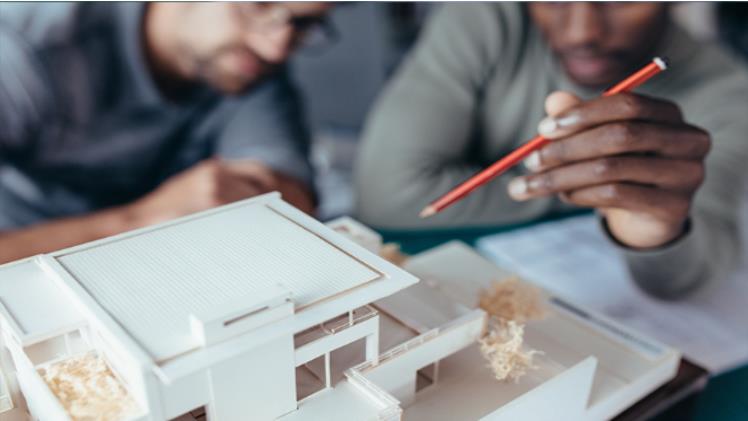The field of architecture is always changing, with new trends emerging every year. These trends can greatly impact the appearance and functionality of buildings. 2021 is no exception – from environmentally friendly solutions to innovative designs, this year promises exciting architectural changes. In 2021, this article will examine significant architectural trends that are on the horizon.
1) Sustainability as Standard: More than ever before, sustainability is becoming the norm in architecture. Architects are being requested more often to create buildings that are environmentally friendly and efficient in their design. To meet this demand, designers are turning to sustainable materials such as recycled and renewable resources, higher insulation values for windows and walls, and energy-efficient appliances. Additionally, greater attention is being given to natural ventilation systems which reduce the need for air conditioning systems while still providing high levels of comfort.
2) Bespoke Design Solutions: Architects are now embracing bespoke design solutions, allowing them to create structures tailored to individual client’s needs. This trend has been driven by increased access to technology and new tools, which enable architects to visualize designs in 3D to understand better how the building will design and work in its environment. By taking this customized approach, architects can ensure that projects are as efficient and sustainable as possible.
3) Modern Materials & Technology: More modern architectural materials are becoming available with technological advances. From pre-fabricated panels, which offer greater strength and durability, to new methods of creating insulation with recycled materials, each new material brings a unique benefit that positively affects the overall design of the building. Technological advances such as 3D printing have allowed for increased experimentation with different shapes and forms, leading to more innovative designs.
4) Flexible Spaces & Adaptive Reuse: As many businesses continue to move online, there has been an increased focus on creating flexible and adaptable spaces. It means that architects are now asked to design buildings that can easily be changed or adapted. Additionally, many architects are incorporating adaptive reuse into their projects by repurposing existing structures for new uses. For example, an old warehouse could be transformed into an office space or a retail outlet.
5) Smart Buildings & Automation: Smart buildings are becoming increasingly popular due to their capacity to save energy and provide improved occupant comfort. By integrating automated systems such as sensors into the building’s design, architects can create smarter solutions allowing greater control over temperature, lighting, and security. These systems also have the potential to reduce operational costs and increase efficiency. In 2021, several important architectural trends are having an impact. Architects need to stay current on these changes to make buildings that meet the needs of their clients while staying ahead of the curve. With this knowledge, architects can help shape a more sustainable and efficient future for our built environment.
By keeping updated with the latest trends in architecture and applying them to their projects, designers can ensure that their clients’ buildings will be both aesthetically pleasing and practical at the same time. Our team has extensive experience making customized solutions considering all design aspects, including sustainability, modern materials, smart building automation, and flexibility. We believe in taking a holistic ask to architecture that will ensure that each building is designed to meet the requirements of its occupants and minimize their environmental impact.

